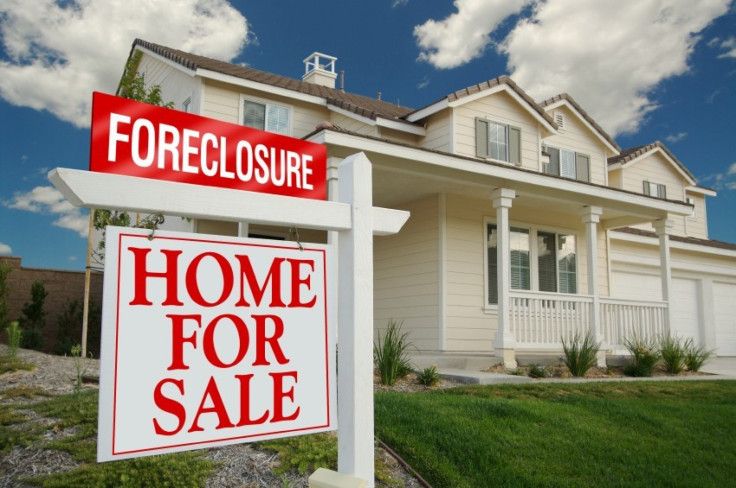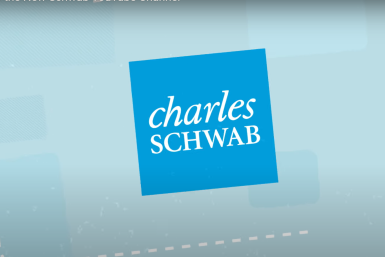What's The Future for Freddie Mac And Fannie Mae? A Small Finance Company In Boston May Have The Answer

In September 2008, Freddie Mac and Fannie Mae were placed under federal control after combined losses of $14.9 billion and ongoing concerns about their ability to raise capital threatened the U.S. housing market. Between them, they owned or guaranteed about half of the $12 trillion U.S. mortgage market, including $5 billion of mortgage-backed securities, both significant amounts when you consider that government public debt was $9.5 trillion at the time.
Both have been recovering well over the past five years, Fannie posting a net income of $17.2 billion in 2012 and Freddie netting $10.8 billion over the same period. Importantly for the taxpayer, they have begun to aggressively pay back the $200 billion capital investment they received from the U.S. Treasury.
Now that the pair are back in good health, what does the government plan to do with them?
As of May 2013, Fannie has paid back $95 billion of its $117 billion debt and Freddie has paid $30 billion of its $72 billion debt. But once that debt is paid, there is no mandate to take the company public again or sell it. The original agreement, struck in 2008 when they needed capital, was that in exchange for an injection of cash to keep them afloat, they would give the government premium shares of the two companies, paying out as much as 10 percent to the Treasury on profits made.
But here’s where the government may have performed the ultimate maneuver. In late 2012, the agreement was changed so that all profits that Freddie and Fannie make must be handed over to the government. And those do not go toward paying off the loans.
This is obviously good news for the government; however, President Obama said in a speech in August 2013 that he believes the government must reduce the federal role and risk in the housing market, suggesting that the government will offload Fannie and Freddie at some point.
“I believe that our housing system should operate where there’s a limited government role,” said Obama “and private lending should be the backbone of the housing market.”
What does this mean for the millions of people in foreclosure all across America?
Foreclosures affect just less than 1 percent of the total mortgaged homes in the U.S., around 2.5 million homes in total, but the figure has fluctuated wildly over the three years, going from a peak of 2.2 million in December 2010 to about 125,000 new filings in August 2013, representing an overall figure nearer to 1.6 million. However millions of homes remain in delinquency and little is being done to assist those in trouble, according to Realtytrac.
Giving people loans they couldn’t afford was the main factor behind the subprime market. So how does one go about making mortgages more affordable?
One small financial intermediary has addressed this problem on a micro basis, but it may just provide hope for millions of Americans and some vision for Fannie and Freddie on how to take their businesses forward.
Boston Community Capital, a nonprofit, launched Stabilizing Urban Neighborhoods (SUN) in 2009 with the goal of helping local families refinance their loans into affordable monthly payments over a much longer period at different interest rates. The overall idea is to keep struggling neighborhoods together. They do this by buying the home outright from the lender using money from investors and foundations. Once SUN owns the property, it can refinance the terms to enable the family to stay.
The average homeowner ends up with a reduction in monthly payments of about 40 percent because the new terms spread payments over a much longer period, but the homeowner must agree to a higher financing rate of 6.375 percent, a little more than what banks normally offer. But because the homeowners are already in default or foreclosure, there is no opportunity to get credit, the blight that stops most people getting their mortgage refinanced. In reality, the higher interest rate is a very good deal. This enables the borrower to fix their credit score and rebuild equity, eventually allowing them to refinance again into a lower interest rate and save even more money.
It’s a win for everyone because the original lender gets market value on the property, far more than they would if the home went to a foreclosure sale; the borrower gets a better, more affordable loan; and the community stays together.
Since the project has been operating, only one of the 270 mortgages has gone back into foreclosure. SUN plans to expand the program to Maryland, where foreclosures have spiked to 17 percent of all mortgages in the state.
The model SUN uses resembles the depression-era Home Owner’s Loan Corp., which put individuals at the forefront of the relief, taking the burden away from mortgage lenders to be more discretionary on missed payments.
For Fannie and Freddie, this type of refinancing would not only ensure less foreclosures but also generate larger profits because of the higher interest rates, keeping more homes on the books for longer, but more importantly, it would ensure that millions of Americans get to stay in their homes.
© Copyright IBTimes 2024. All rights reserved.











